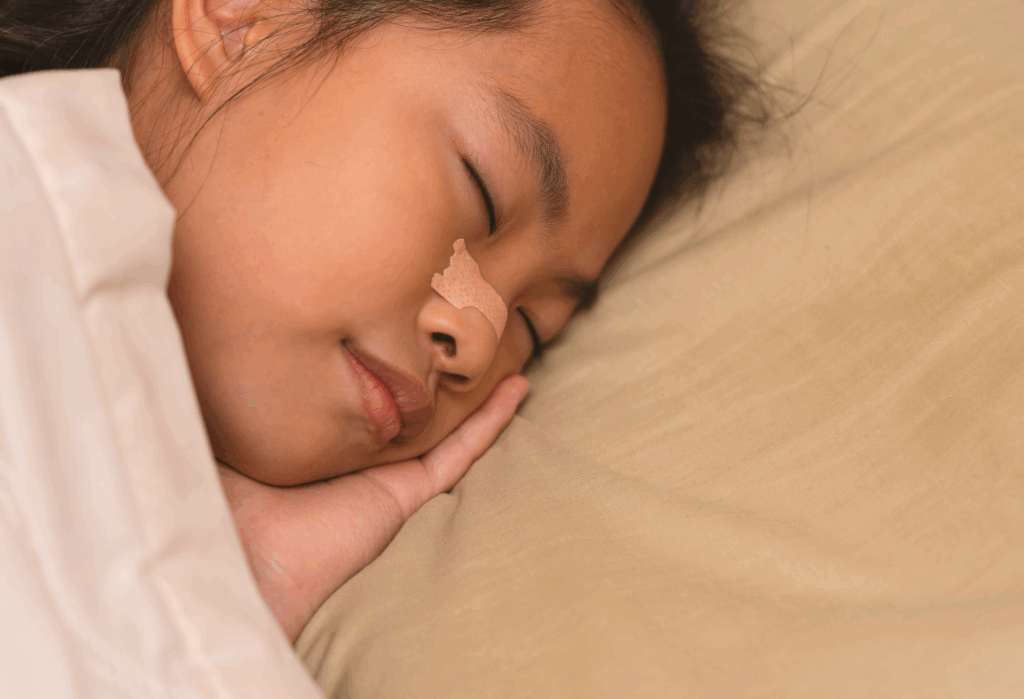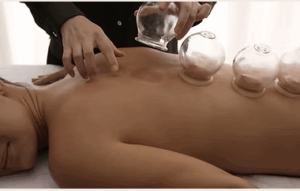Snoring affects millions of people worldwide and often disrupts not only the snorer’s sleep but also their partner’s. While there are many remedies out there, one of the simplest and least invasive options is the use of nasal strips for snoring. These thin, adhesive strips can seem almost too easy to be effective—but there’s real science behind how they work.
What Causes Snoring?
Snoring is typically caused by a partial blockage of the airway during sleep. When you lie down, the muscles in your throat relax, and for some people, the airways narrow so much that airflow becomes turbulent. This vibration of soft tissues in the throat and nose is what causes the snoring sound.
Nasal congestion, deviated septum, or simply narrow nasal passages can contribute to this problem. That’s where nasal strips come in.
How Nasal Strips Work
Nasal strips are flexible bands placed across the bridge of the nose. Once applied, they gently pull open the nasal passages by lifting the sides of the nose. This widening of the nostrils improves airflow, reduces resistance, and helps prevent the kind of mouth breathing that often leads to snoring.
They’re especially helpful for people whose snoring is triggered by nasal congestion, allergies, or colds. The strips don’t contain medication, making them a drug-free option for better breathing.
The Simplicity of the Solution
One of the biggest advantages of nasal strips is that they’re non-invasive and easy to use. Unlike mouth guards or continuous positive airway pressure (CPAP) machines, nasal strips don’t require custom fitting or electricity. You simply peel, stick, and go to bed.
They also don’t interfere with sleep positions and are suitable for both men and women. Some even find that using nasal strips helps reduce nighttime awakenings due to restricted breathing.
Are Nasal Strips Enough?
It depends. If your snoring is primarily caused by nasal blockage or congestion, then nasal strips might be all you need. However, if your snoring stems from throat-related obstructions or sleep apnea, they may offer only limited relief. In those cases, it’s best to speak with a medical professional.
Some individuals use nasal strips in combination with other supports, such as Inguinal Hernia Belts or Hernia Support Trusses, particularly when abdominal discomfort makes breathing more difficult at night. The Bodyassist brand, for example, offers a range of supportive gear—from knee wraps to hernia belts—that many people use during recovery or daily activity to ease discomfort and maintain mobility.
Other Tips for Reducing Snoring
While nasal strips can be effective, they work best when paired with a few lifestyle changes:
-
Sleep on your side: Sleeping on your back often worsens snoring.
-
Keep allergies under control: Less congestion means easier breathing.
-
Avoid alcohol before bed: Alcohol relaxes throat muscles, making snoring worse.
-
Maintain a healthy weight: Extra weight around the neck can compress the airway.
Why Choose Bodyassist Products?
While nasal strips for snoring are just one tool in the toolbox, Bodyassist offers a wide range of support products designed to improve quality of life. Whether you’re recovering from an injury or just need a little extra support during daily activities, items like knee wraps or Inguinal Hernia Belts provide comfort and relief.
Bodyassist focuses on functional designs that make daily movement easier. While the brand offers a wide variety of health-related products, each one is aimed at enhancing well-being in practical, user-friendly ways.
Frequently Asked Questions (FAQ)
Q: Can nasal strips cure snoring permanently?
A: No, nasal strips don’t cure snoring but they can reduce it significantly, especially when the cause is nasal congestion or restricted airflow through the nose.
Q: Are nasal strips safe to use every night?
A: Yes, nasal strips are generally safe for nightly use. They are drug-free and non-invasive.
Q: Can I use nasal strips with other products like an Inguinal Hernia Belt or knee wraps?
A: Absolutely. Nasal strips focus on breathing, while products like knee wraps and hernia belts support other parts of the body. Many people use these together depending on their needs.
Q: How long can I wear a nasal strip?
A: They’re designed for single-use and should be worn no longer than 12 hours.
Q: What if nasal strips don’t help my snoring?
A: If your snoring doesn’t improve, it’s worth consulting a healthcare provider to rule out more serious issues like obstructive sleep apnea.
In summary, nasal strips for snoring offer a simple, effective, and drug-free solution for many people dealing with disrupted sleep. When combined with healthy habits and supportive products from brands like Bodyassist, you can breathe easier and sleep more soundly.






